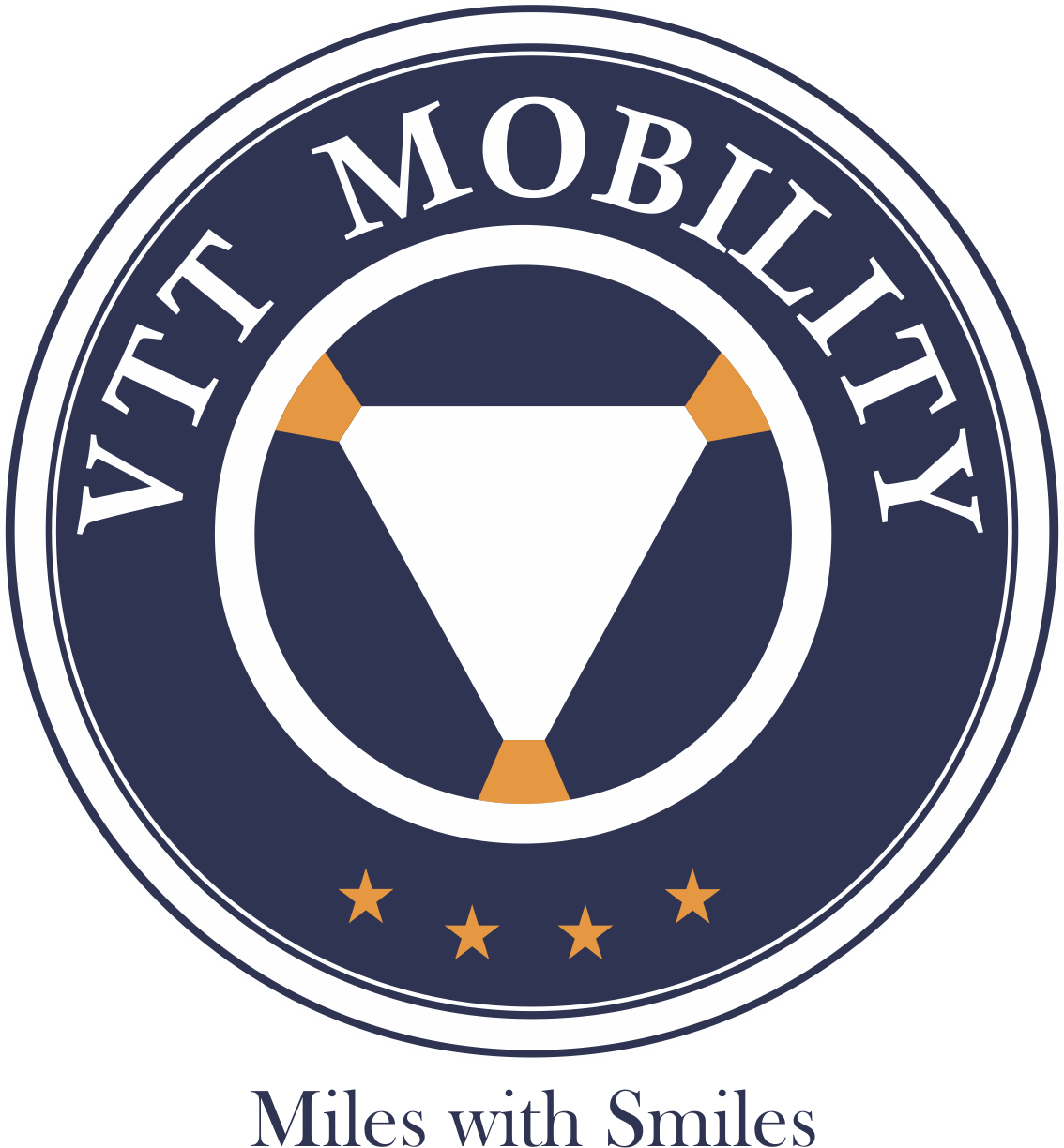Revolution in India’s Auto Industry
Challenge:
The Indian auto industry is undergoing a transformative shift as Original Equipment Manufacturers (OEMs) and dealers adapt to emerging trends in vehicle ownership, particularly subscription and leasing models. Despite historically being dominated by corporate fleet management, these innovative ownership models, accounting for less than 1%, are gaining prominence. This shift reflects a move from traditional ‘ownership’ to a dynamic ‘usership’ model, especially notable in the pandemic scenario.
Solutions:
Vehicle subscription services, where customers pay a monthly fee for temporary vehicle use, have become a focal point in this transformation. Major players include traditional leasing firms, mobility companies, and leading OEMs entering the space. Luxury and small mid-size segments showcase variations in the Average Total Cost of Ownership, making subscription models a preferable choice in some cases.
Results:
Globally, the car subscription industry, existing for over a decade, is projected to reach USD 12.09 billion by 2027, with Asia-Pacific leading in growth. Changing consumer dynamics in India reveal a shift in preferences, with 15% favouring subscription models and 66% preferring pay-as-you-go options. Technology’s pivotal role is evident as customers increasingly embrace digital channels for vehicle transactions. The future may witness subscription services evolving into a seamless online selection process, providing a hassle-free experience for consumers by eliminating the need for loans, negotiations, registration, or insurance. Even in the enterprise mobility sector, the OEMs are offering leasing options to large fleet operators like VTT instead of outright purchase. This becomes a viable option for mobility firms in managing their books and de risk themselves by reducing their liabilities.

